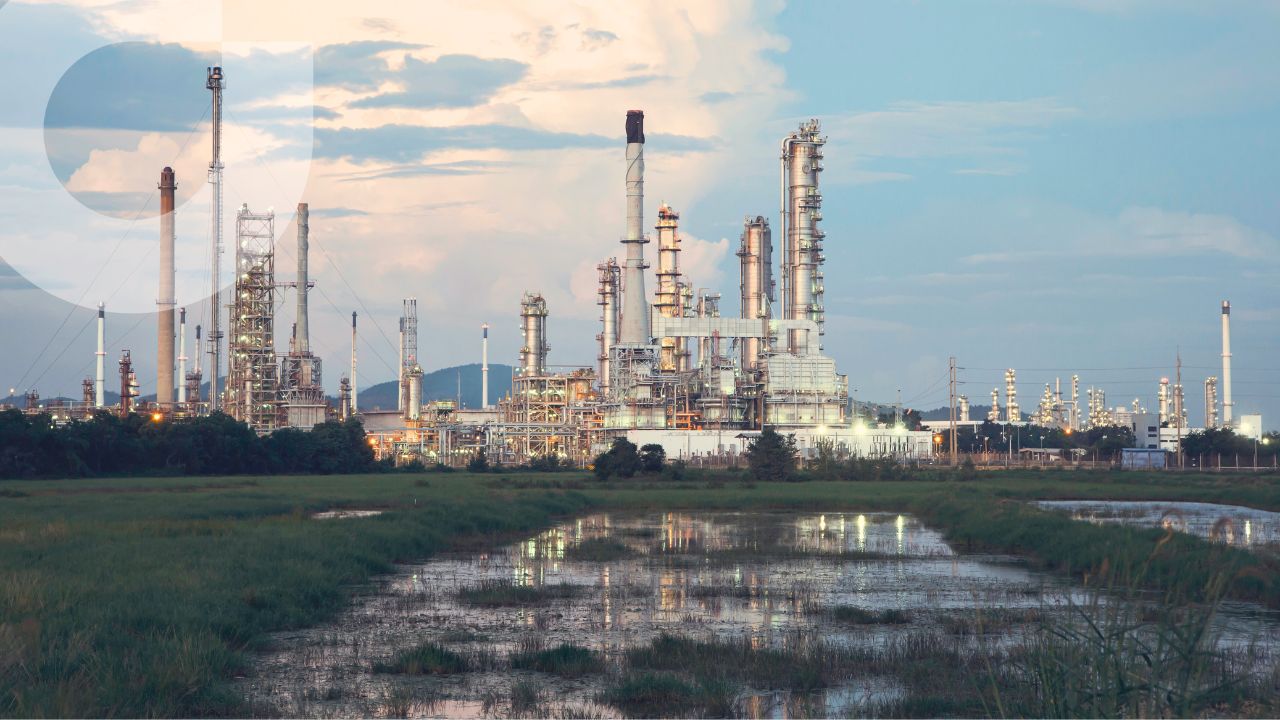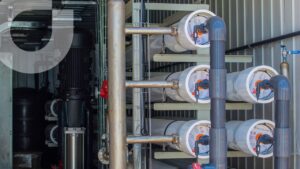The chemical and petrochemical industries stand at the confluence of critical challenges and unprecedented opportunities. Historically classified as hard-to-abate sectors due to their intense and challenging carbon footprint, these industries now also have the chance to redefine their relationship with water through innovative and sustainable management practices. As CEO of a global water solutions provider, I firmly believe that proactive, technology-driven approaches can transform water from a constraint into an enabler of industrial growth.
The Scale of the Challenge
The industry’s reliance on substantial water resources is undisputed. Globally, the chemical and petrochemical sectors account for approximately 22% of industrial water usage, significantly impacting freshwater availability. In many cases, production facilities are located in water-stressed regions, further intensifying the competition between industrial, agricultural, and municipal demands.
Water-related risks are not abstract. CDP has highlighted that water insecurity poses tangible financial threats. In its 2022 Global Water Report, CDP estimated that nearly $15 billion worth of assets in the energy, mining, and chemical sectors were at risk of being stranded due to poor water governance or rising water scarcity. These risks are compounded by tightening environmental regulations and increasing investor scrutiny on water-related disclosures.
An Era of Opportunity Through Innovation
Fortunately, technological innovation provides abundant pathways forward. The convergence of engineering advances and digital tools is catalyzing a transformation in water management. Solutions that were once prohibitively expensive or complex are now scalable, modular, and cost-effective.
Advanced desalination, zero-liquid discharge (ZLD), and managed aquifer recharge (MAR) represent groundbreaking approaches already demonstrating their efficacy.
Breakthrough Technologies Redefining the Landscape
Beyond MAR, a range of technologies is opening new frontiers:
- Powdered Activated Carbon Treatment (PACT): Integrating activated sludge processes with powdered carbon, PACT systems effectively remove persistent organic pollutants. The technology improves sludge settling characteristics and enhances overall biological treatment performance.
- VOC BioTreat Systems: These systems biologically degrade volatile organic compounds (VOCs), enabling compliance with air and water regulations simultaneously. By integrating VOC-laden air streams into the aerated wastewater process, industries can reduce emissions and wastewater toxicity in one closed-loop system.
- Advanced Membrane Filtration: Nanofiltration and reverse osmosis systems now incorporate anti-fouling coatings and smart monitoring systems, extending membrane life and reducing operational costs. Hybrid membrane-biological systems are being tested to treat complex industrial effluents with high chemical oxygen demand (COD).
- Real-Time Monitoring and AI: Digital twins and AI-powered predictive analytics can optimize chemical dosing, energy usage, and membrane cleaning cycles, thereby reducing OPEX and increasing regulatory compliance.
- High-concentration Membranes: Among the most transformative developments in the water sector today are the advances in high-recovery treatment technologies—particularly membranes capable of withstanding extreme concentrations, along with evaporation and crystallization systems, which are pushing the boundaries of what is technically and economically feasible. These innovations are not simply incremental improvements; they represent a paradigm shift toward zero liquid discharge.
Case Studies and Pilots: Proof of Concept in Action
Real-world projects underscore the promise of innovation:
- TETRA Technologies and EOG Resources: In the Permian Basin, the Oasis Total Desalination Solution (TDS) achieved a 92% recovery rate from high-salinity produced water, yielding water with total dissolved solids (TDS) levels below 50 ppm. This exceeds most municipal water standards and opens new doors for industrial reuse or environmental discharge.
- BASF’s Zero-Liquid Discharge Facility in India: BASF implemented a ZLD system at its Dahej plant, recovering over 90% of water used onsite. The system leverages multi-effect evaporation, crystallization, and nanofiltration to ensure no effluent is discharged into the surrounding environment.
- INEOS Cologne Digital Water Optimization: At one of Europe’s largest petrochemical clusters, INEOS introduced AI-based sensors for continuous water quality tracking and optimization, leading to a 20% reduction in chemical use and a 15% decrease in total water withdrawal within the first year.
- Duesenfeld GmbH, a German lithium-ion battery recycling company, faced strict discharge limits due to high metal content in its process water. Unable to send wastewater to municipal plants, the company adopted a closed-loop treatment system with ultrafiltration, reverse osmosis, and crystallization. This enabled 100% water reuse and reduced freshwater intake. Critically, the system also allows recovery of valuable metals like lithium, nickel, and cobalt. What began as a regulatory constraint became a model of industrial circularity.
Making the Business Case for Water Stewardship
The return on investment in water stewardship is increasingly evident, despite difficulties to design bankable projects. Companies adopting advanced water treatment and reuse technologies benefit in several areas:
- Cost Efficiency: Water reuse and recycling reduce dependency on external freshwater sources and lower costs associated with wastewater disposal.
- Risk Reduction: Minimizing reliance on variable and vulnerable water supplies shields operations from climate volatility and regulatory shocks.
- Investor and Market Advantage: ESG-conscious investors are placing growing emphasis on water-related disclosures. Proactive companies enjoy enhanced reputational capital and access to green finance instruments.
- Operational Resilience: Closing the water loop contributes to operational continuity, especially in regions facing seasonal water stress or chronic scarcity.
- Mitigation of the risk of relocation: Advanced water reuse systems reduce the risk of relocation by securing long-term water availability. For industries tied to resource-specific sites, this ensures operational stability in the face of growing scarcity.
Looking Forward: An Industrial Water Renaissance
Now more than ever, the chemical and petrochemical industries are poised for transformation. The future of water in these sectors will be circular, data-driven, and resilient. Policy support, market incentives, and public-private collaboration are aligning to scale successful models across the globe.
It is time for companies to stop viewing water as an externality and start integrating it into the core of their strategic planning. The untapped potential for sound water management is not only vast; it is also essential.
As a company dedicated to future-fit water solutions, we stand ready to support the industry in this transformation. With the right mix of ambition, innovation, and collaboration, the chemical and petrochemical industries can become leaders in the global water transition: turning risk into resilience, and responsibility into opportunity.







